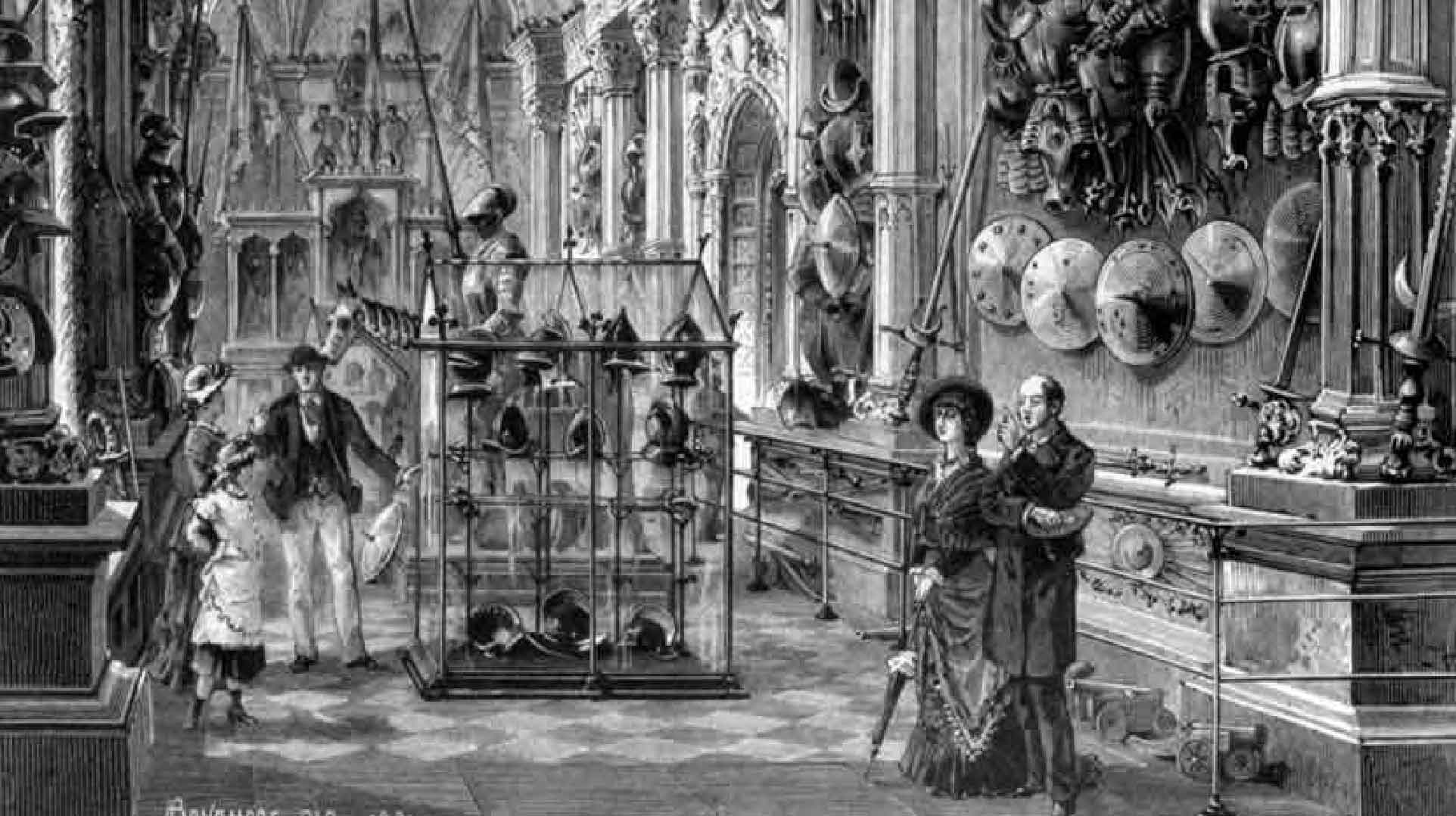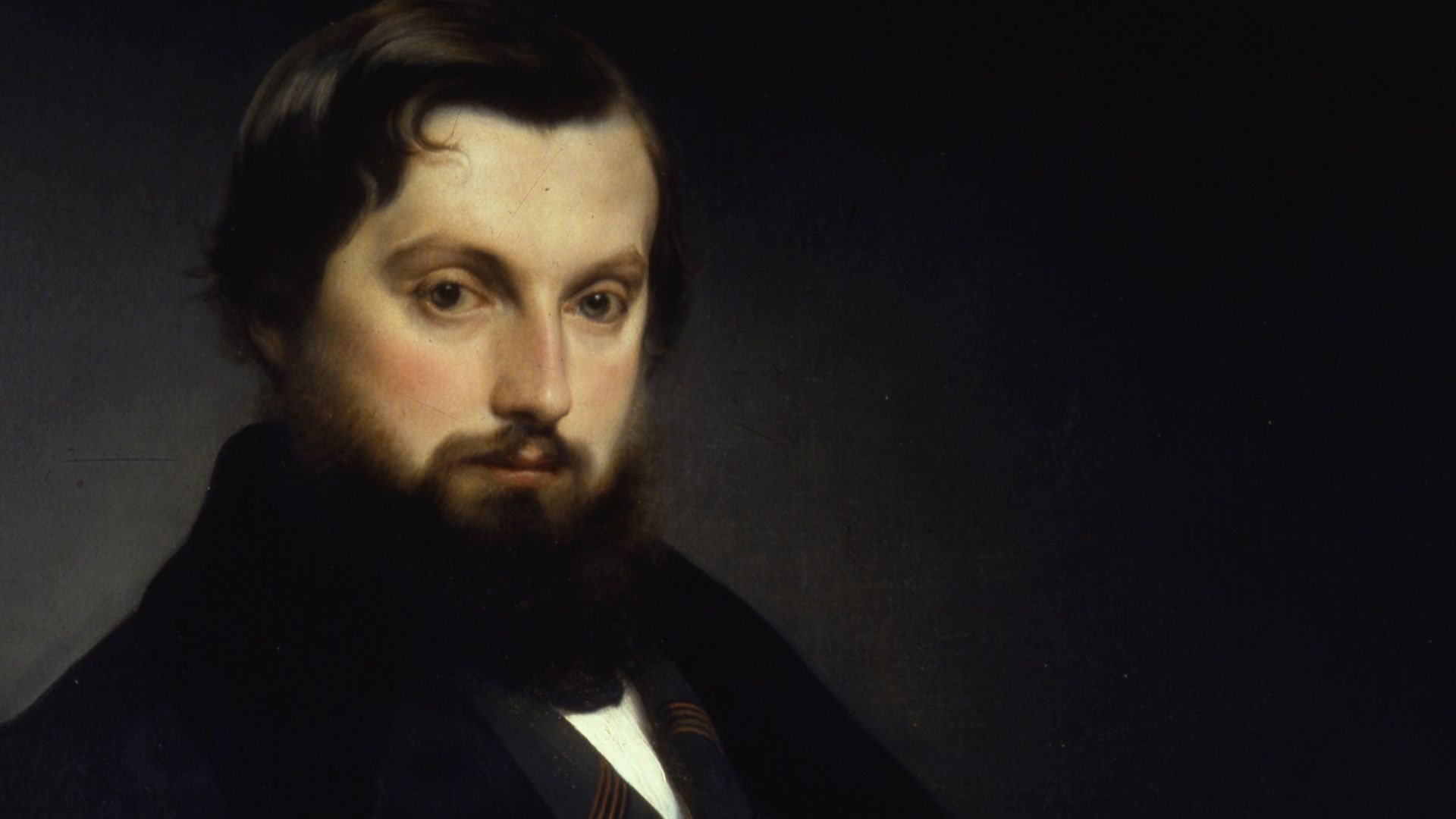
STORIES
Gian Giacomo Poldi Pezzoli: the patron with a curious soul
Start a journey into the past with the story of a man whose passion for art
created an amazing collection.
Gian Giacomo Poldi Pezzoli d’Albertone was born in Milan on July 27, 1822, the second son, after Matilde, of Giuseppe and Rosa Trivulzio.

In 1818, his father Giuseppe, from Parma, at the age of fifty, had inherited from his uncle Giuseppe Pezzoli, along with his surname and title of nobility, the enormous wealth accumulated by the Pezzolis in the mid-18th century as tax collectors in Austrian Lombardy. The following year Giuseppe married Rosa Trivulzio (1800-1859), from one of Milan’s oldest aristocratic families and daughter of the bibliophile and Dante scholar Gian Giacomo Trivulzio.
In 1833 Giuseppe Poldi died, leaving his son an immense estate and the title of knight of the Constantinian Order. The young man was educated privately by Antonio Gussalli, a pupil of Pietro Giordani, who introduced him to classical culture, contemporary history and progressive liberal ideals.
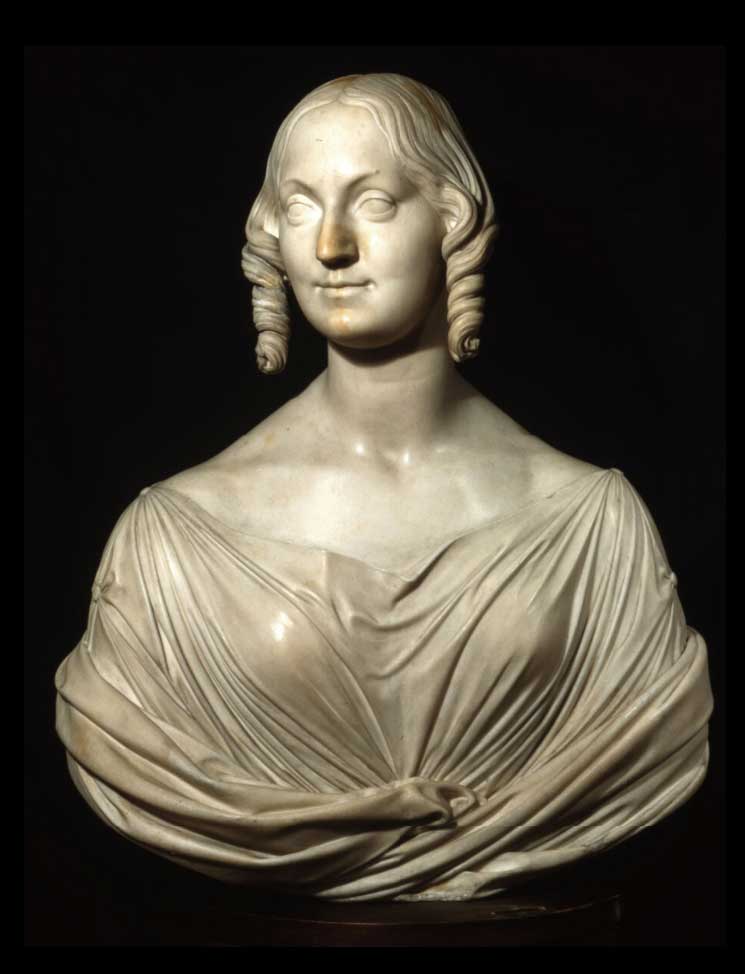
His mother Rosa, who was becoming a patron of the sculptor Lorenzo Bartolini, played a key role in his artistic education.
Gian Giacomo used to visit the Trivulziana, an extraordinarily important collection of antiquities and books belonging to his maternal grandfather. This was accompanied by trips in Italy, and frequent stays in Florence and Paris.
LORENZO BARTOLINI (1777-1850)
Bartolini was a renowned Italian sculptor.
After beginning his career in Florence, Bartolini moved to Paris in 1803, where he worked under Jacques-Louis David, an influential neoclassical painter. During his stay in France, Bartolini was influenced by the Napoleonic style, receiving important commissions that increased his reputation. However, with the fall of Napoleon, his luck turned, and in 1815 he decided to return to Italy, settling in Florence where he opened a studio that became an important centre for art.
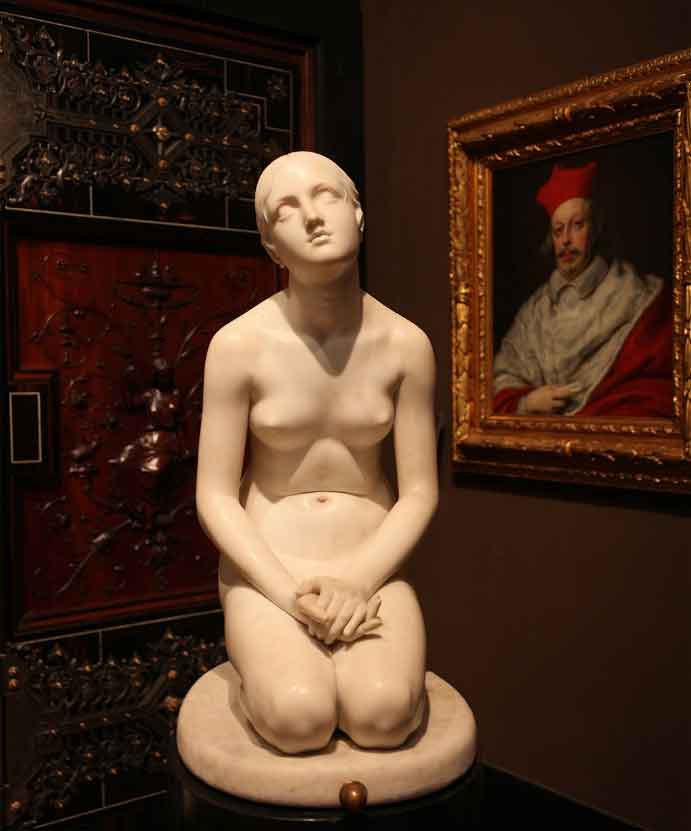
Giacomo Poldi (as he used to sign his letters ) thus grew up in a lively cultural environment: many artists friends of Rosina, who soon became his friends were often guests at Bellagio in the family villa; among them, the painters Cesare Mussini, Massimo d’Azeglio and Giuseppe Molteni.
In 1846, having come into his inheritance, the young man participated to the annual Brera Exposition, thus joining the Milanese patrons who supported the local Academy.
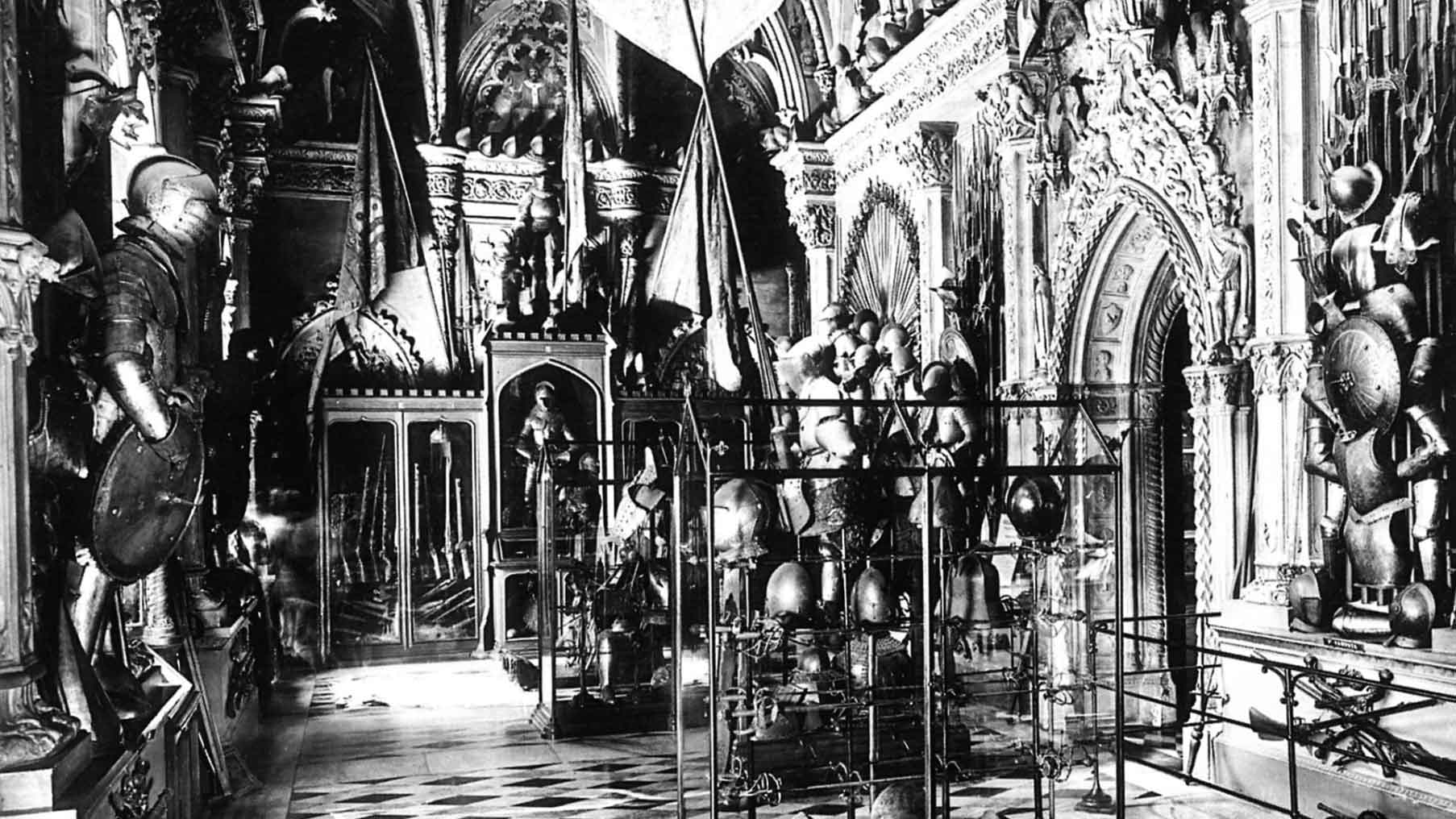
Gian Giacomo’s passion for antique arms and armours was in keeping with the taste of the time. Between 1846 and 1848 he acquired several hundred weapons and armours; the purchases continued throughout his life, with increasing attention to quality, so that by the third quarter of the century Gian Giacomo had become the most important collector in Italy in this field.
In those years, he was involved in the support and management charitable institutions, educational and professional institutions, and cultural and patriotic associations.
His adhesion to the Risorgimento ideals is documented by his wholehearted participation in the insurrection of the “Five Days of Milan” and to the First War of Independence.
Hi participation in the fight against Austria forced him, after the Austrian victory in August 1848, to take refuge in Lugano, while his name appeared on the list of the citizens heavily fined by Marshal Josef Radetzky .
Having obtained a passport, in 1849, he set off on a long journey: he was first in France and then in other Italian states, residing for a long time in Florence. Forced finally to return to Milan, he had to pay a fine of 600,000 Austrian liras to regain possession of his properties.
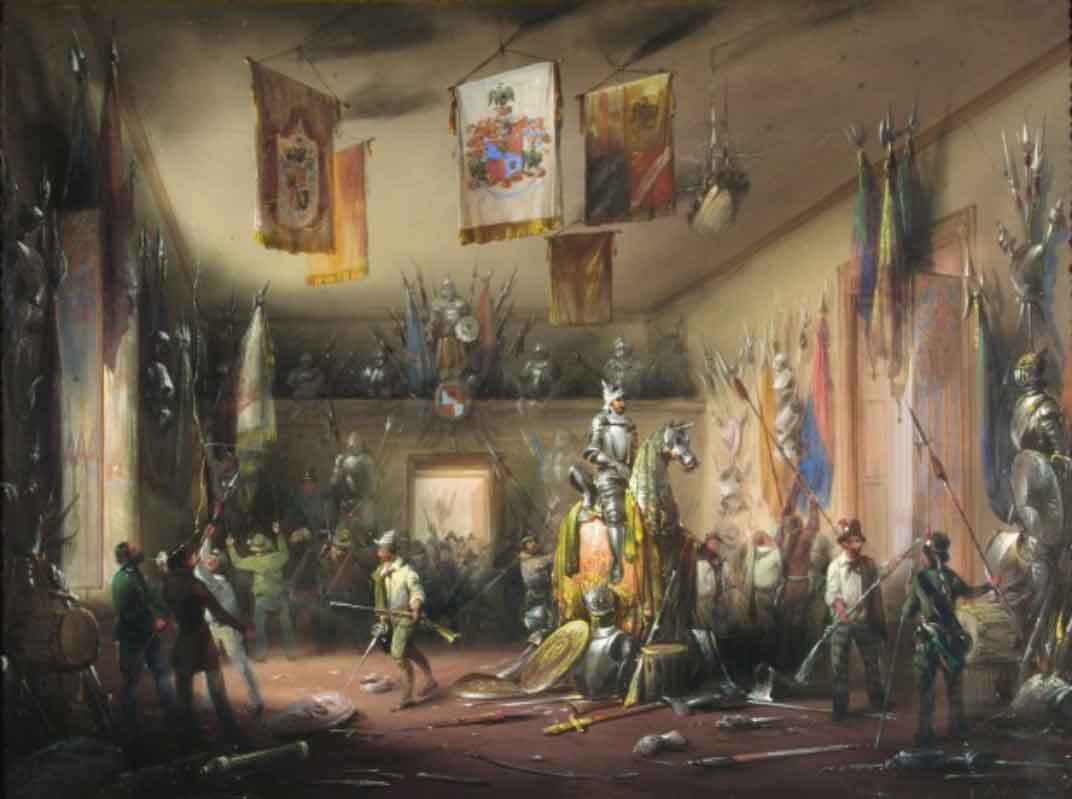
In Milan, which was dominated by the Austrian censorship, Giacomo Poldi found other ways to show his patriotism:
he put all his efforts to create a collection of antique art and to become a great patron of the arts.
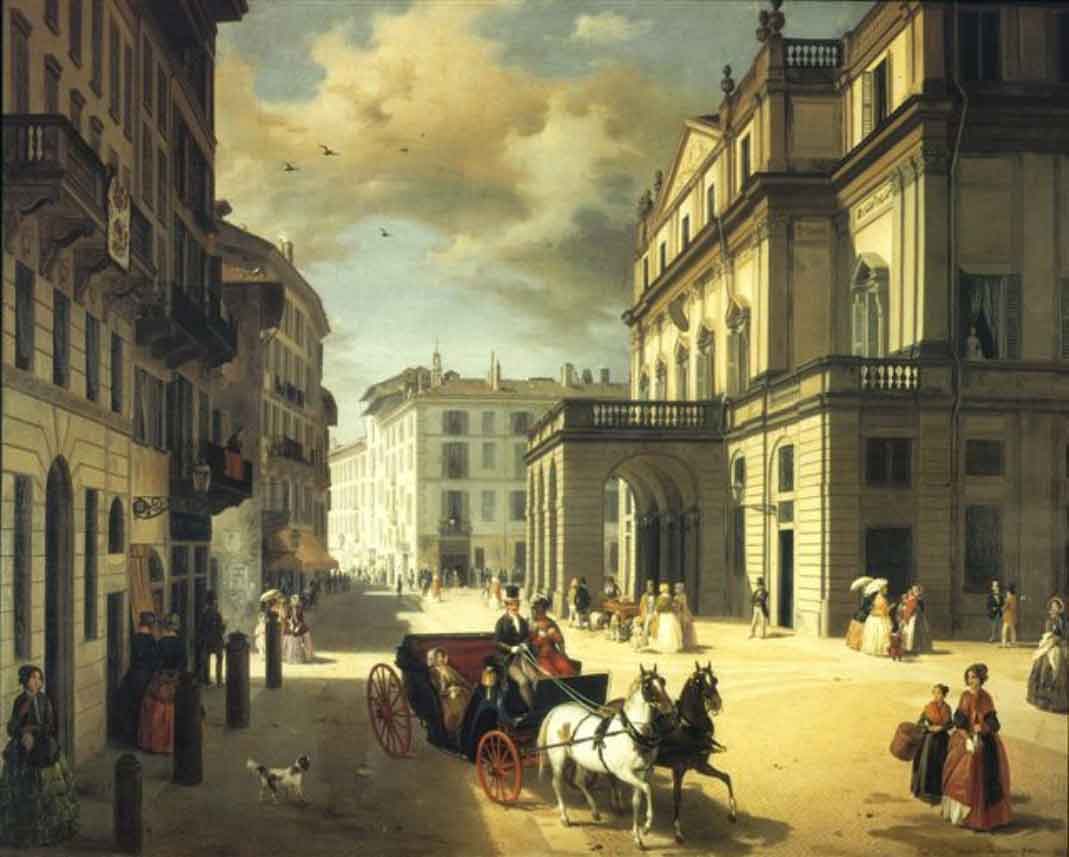
Between 1850 and 1853 he entrusted Giuseppe Balzaretto with the extension the 17th-century family palace in the street called at the time ‘Corsia del Giardino’ (today Via Manzoni).
During his repeated stays in Paris, Poldi Pezzoli had admired the new Musée des Thermes et de l’Hotel de Cluny, created by Alexandre du Sommerard, a pioneer of Romantic museography: a collection consisting not only of paintings and statues, but of antique precious furniture and applied art objects, chosen to evoke a domestic atmosphere.
The great success of this new interpretation of the past and of the associated museographic model encouraged Poldi Pezzoli in his choice to create a house-museum, among the first and most up-to-date European ones in the historicist style.
Crucial to this decision was the meeting with the young artist Giuseppe Bertini. From 1853 to 1879 it was Bertini who designed every room in the house in the historicist style, assisted by the painter Luigi Scrosati, cabinet maker Giuseppe Speluzzi, and sculptor Lorenzo Vela. Thus were created the Dante Study in a 14th century style the Black Room in a Northern Renaissance style, the Stucco Room in a Rococo style, the neo-Baroque Staircase, and finally the Golden Room.
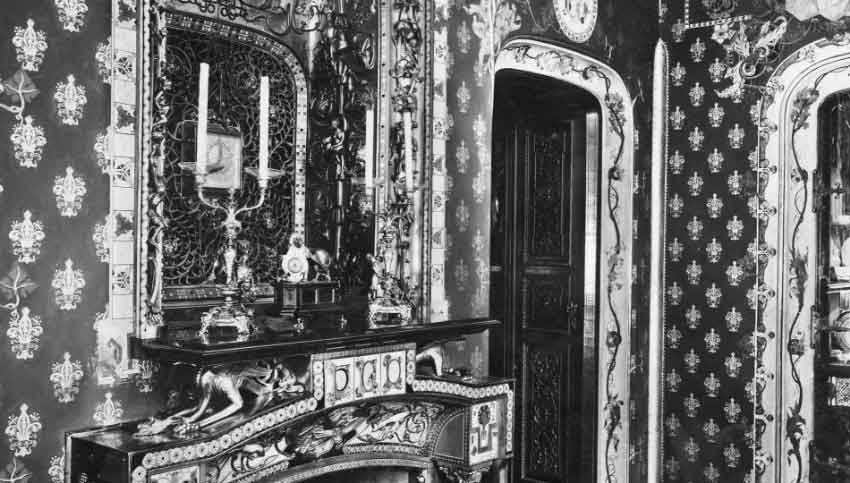
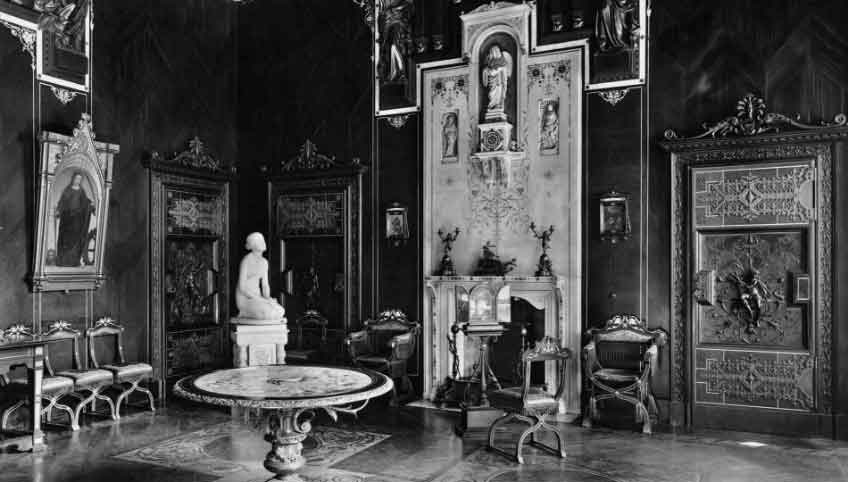
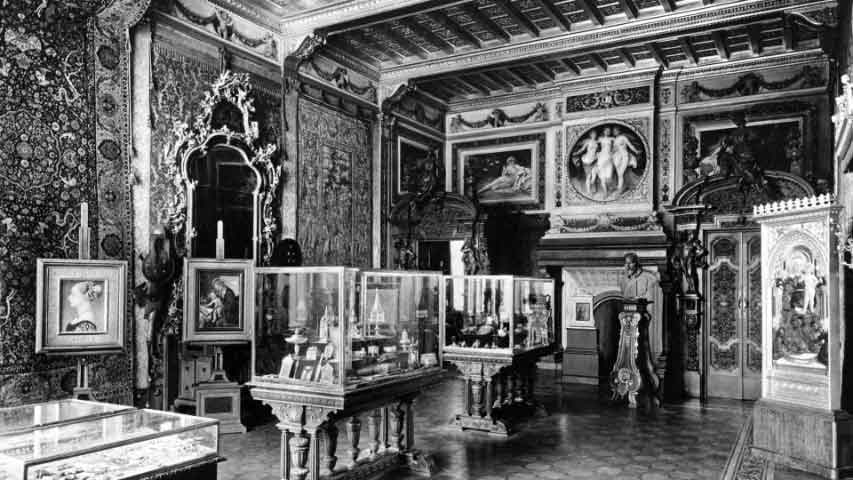
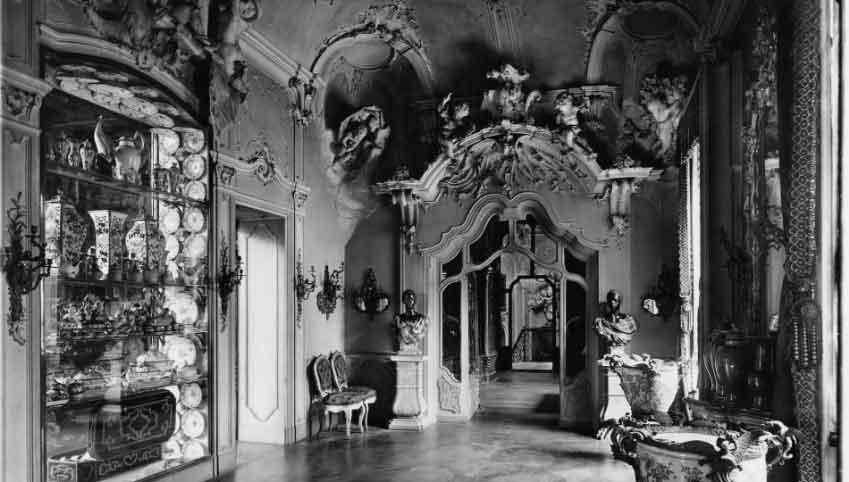
Giacomo Poldi showed his ethical spirit and civic passion also in the establishment of a museum dedicated to antique Italian art where Tuscan, Umbrian, Venetian, and Emilian paintings stood out, a manifesto of a national cultural unity that anticipated the political one.
The collection, put together between 1850 and 1879, boasted pieces of exceptional quality by the best-known Renaissance masters, such as Botticelli, Mantegna, Cosmè Tura, Carlo Crivelli, Giovanni Bellini, and Piero del Pollaiolo, as well as lworks by Canaletto and Guardi, and 14th century paintings with gold background by Vitale degli Equi and Pietro Lorenzetti.
It was initially Giuseppe Molteni who played a key role in the creation of the picture gallery. He was director of the Brera Academy, antiquarian, art broker, and renowned restorer and thanks to him Poldi Pezzoli came into contact with connoisseurs and collectors.
Very fruitful was the relationship established by Poldi Pezzoli with European connoisseurs, such as Otto Mündler and Charles Lock Eastlake, respectively emissary for purchases and director of the National Gallery in London. On their periodic trips to Milan, both did not miss an opportunity to visit the collection of Gian Giacomo, with whom they competed in the purchase of Italian primitive and Renaissance paintings,
GIUSEPPE MOLTENI (1800 – 1867)
He studied in Bologna under Giuseppe Guizzardi, and upon his return to Milan, soon became one of the most renowned restorers of the time.
His expertise in restoration led him to collaborate with prestigious institutions as the Louvre and the British Museum. In 1828, he introduced a genre of portraiture characterised by the meticulous depiction of sumptuous costumes and settings, which proved an extraordinary success.
Molteni’s regular participation in the Brera exhibitions decreased in the 1850s and ceased when he was appointed curator of the Academy’s gallery in 1854 .
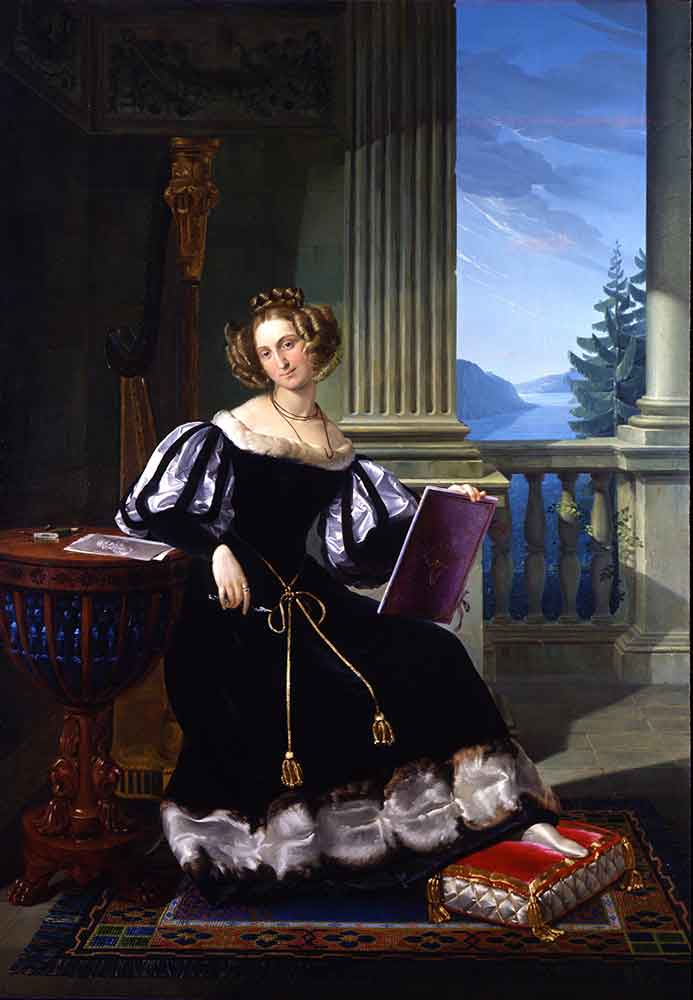
In 1860, Gian Giacomo having obtained a passport from the new Kingdom of Italy, was finally able to return to travel: he left for a trip of a few months to Switzerland, Germany, France and England, where he also returned in 1862 on the occasion of the third Great Exhibition in London.
“I desire that the apartment, which I occupied in the wing between the garden and the two courts of my palace in Via del Giardino 12, with the armoury, the paintings, the works of art, the library and the furniture of artistic value which will be found there at the time of my death should constitute a Causa or Artistic Foundation, in the sense that it should be maintained […] for public use and benefit in perpetuity following the current rules of the Brera Gallery”.
In 1871, in his will he laid the ground for the creation of a museum or art foundation, consisting of his apartment and his art collection.
The direction was entrusted to his friend Giuseppe Bertini, who had meanwhile become director of the Brera Academy; the museum was endowed with a life annuity intended to cover operating costs and purchases of art works.
He died suddenly of angina pectoris on April 6, 1879, in his house. He was buried in Bellagio, in a neo-Gothic style mausoleum that Carlo Maciacchini had erected for him.
